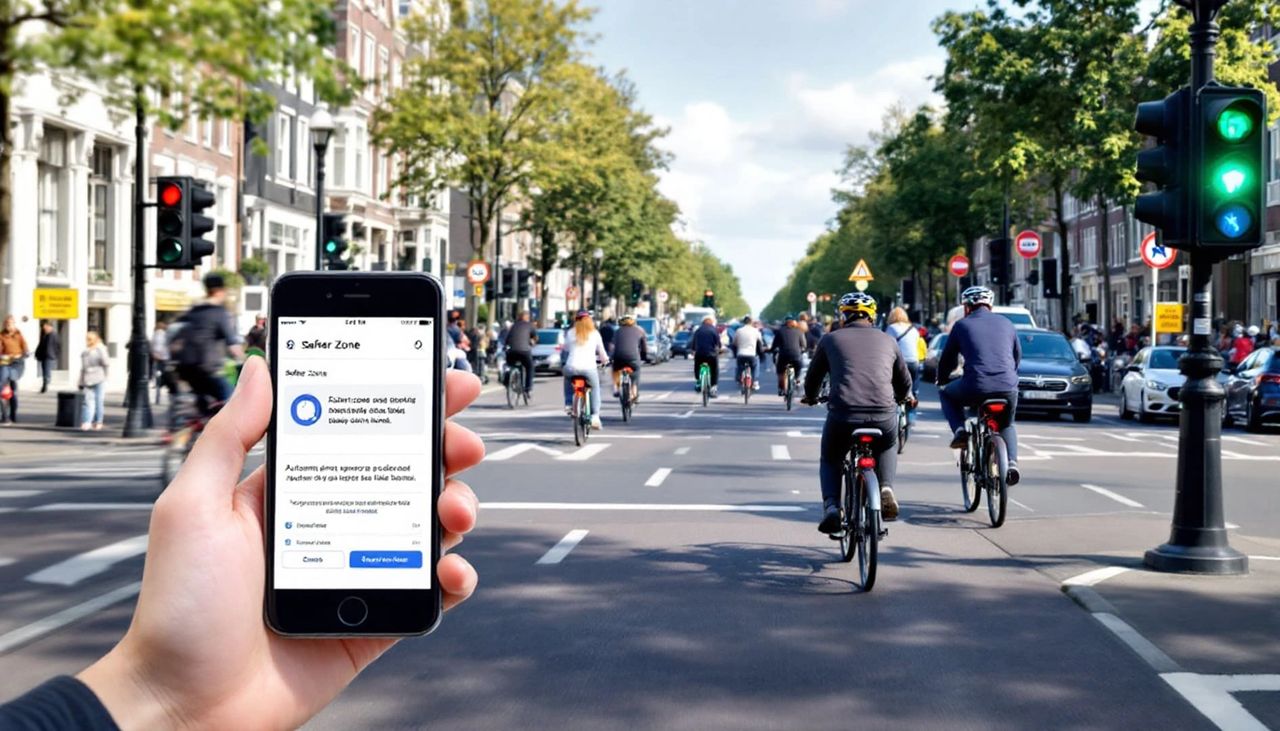
E-bike sharing programs are revolutionizing how people navigate cities, offering an eco-friendly, efficient alternative to traditional public transport. With their growing popularity, these programs are becoming an integral part of urban transportation systems worldwide.
1. How E-Bike Sharing Works
E-bike sharing programs allow users to rent bikes for short trips via an app. Riders can locate, unlock, and pay for e-bikes with ease, often dropping them off at designated docking stations or in approved parking zones.
2. Benefits of E-Bike Sharing
- Convenience: E-bikes make it easier to cover longer distances than traditional bikes, reducing travel time.
- Affordability: Sharing programs are often cheaper than owning a vehicle or regularly using ride-hailing services.
- Sustainability: By replacing car trips, e-bike sharing reduces emissions and traffic congestion in cities.
3. Popular Programs Around the World
- Lime and Bird: These global leaders in micromobility offer e-bike sharing alongside their scooter fleets, operating in major cities across Europe, North America, and Asia.
- Citi Bike (New York City): With thousands of e-bikes in its fleet, Citi Bike is one of the most successful bike-sharing programs in the U.S.
- Swapfiets (Europe): Known for its subscription-based model, Swapfiets provides unlimited access to e-bikes for a flat monthly fee.
4. Overcoming Challenges
While e-bike sharing programs are thriving, challenges such as theft, vandalism, and limited infrastructure persist. Companies are addressing these issues by implementing GPS tracking, geofencing, and robust anti-theft mechanisms.
5. The Role of Urban Planning
Cities play a crucial role in the success of e-bike sharing programs. Investments in bike lanes, parking zones, and charging stations are essential for encouraging adoption. Partnerships between local governments and private operators can further enhance program accessibility.
6. A Vision for the Future
The integration of e-bike sharing with public transit systems is shaping the future of urban mobility. Riders can seamlessly transition between trains, buses, and e-bikes, creating a connected transportation ecosystem that reduces reliance on cars.
E-bike sharing programs are more than a trend—they are a transformative force in urban transportation. As cities continue to embrace micromobility, these programs will play a vital role in building sustainable, efficient transportation networks.








Leave a Reply